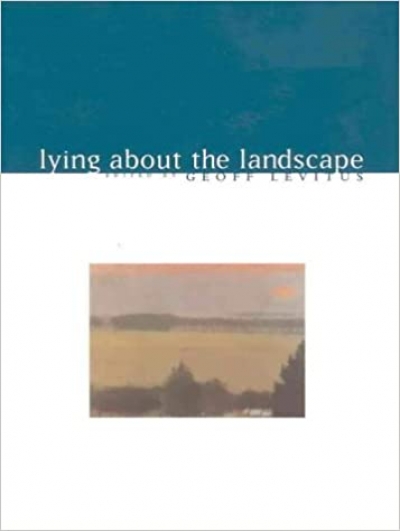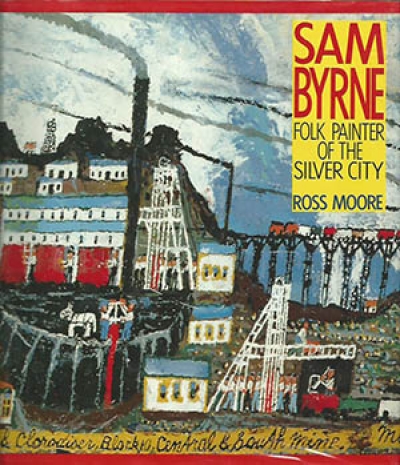Art History
Australian Painting 1788–2000 by Bernard Smith, with Terry Smith and Christopher Heathcote
by Daniel Thomas •
Imagining the Pacific: In the wake of the Cook voyages by Bernard Smith
by Jonathan Holmes •
Robert Juniper by Philippa O'Brien & Salvatore Zofrea by Ted Snell
by Traudi Allen •










